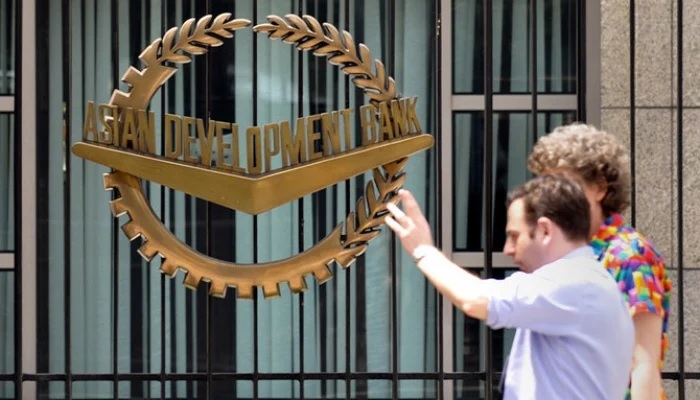ADB approves $1.5b in financing to help Pakistan amid devastating floods
Pakistan’s recovery from the COVID-19 pandemic has been impeded by external shocks, says ADB Director-General for Central and West Asia Yevgeniy Zhukov
The Asian Development Bank (ADB) has approved $1.5 billion in financing to help Pakistan provide social protection, promote food security, and support employment for its people amid devastating floods and global supply chain disruptions, a statement issued by the bank confirmed Friday.
This loan has been provided under ADB’s Building Resilience with Active Countercyclical Expenditures (BRACE) programme.
The foreign currency reserves held by the State Bank of Pakistan stood at $7.5 billion on October 14, 2022, in accordance with the official data released by the SBP on Thursday. Such a low level of reserves could hardly meet requirements of less than two months of import coverage.
Pakistan requires $34 billion in the current fiscal year keeping in view the external debt servicing requirement of $22.9 billion and current account deficit projection in the range of $10 to $12 billion. On the other side, the devastating floods compounded the woes of struggling economy. The consortium of international donors, including the World Bank, ADB, UNDP and EU estimated that Pakistan faced losses of $32.4 billion and it required $16.2 billion for construction costs.
This loan will help fund the government’s $2.3 billion countercyclical development expenditure programme designed to cushion the impacts of external shocks, including the Russian invasion of Ukraine, ADB said.
“Pakistan’s recovery from the COVID-19 pandemic has been impeded by external shocks,” said ADB Director-General for Central and West Asia Yevgeniy Zhukov.
“Increasing business costs and rising living expenses are affecting millions of Pakistanis, especially the poor and vulnerable. ADB’s programme will help the government manage the impacts of high prices, increasing food insecurity, slowing business activity, and reducing income for vulnerable groups, many of whom are also reeling from the devastating floods.”
ADB’s financing will provide the fiscal space needed for the government to implement its countercyclical development expenditure package, which is designed to target the poorest families in Pakistan who are often disproportionately affected in times of crisis, the bank's official statement read.
The government’s support includes specific measures to promote gender empowerment and climate change adaptation, which have become even more important in light of the recent floods.
ADB’s assistance will help to expand the number of families receiving cash transfers from 7.9 million to 9 million, increase the number of children enrolled in primary and secondary schools, and enhance geographic coverage of health services and nutritional supplies for pregnant and lactating mothers and children under 2 years old.
“The programme is part of a comprehensive and well-coordinated package of support. It will help the government deal with the impact of the immediate shocks to the economy, while, in parallel, continue the structural reforms that are necessary to improve the country’s medium- to long-term macroeconomic prospects,” said ADB Director for Public Management, Financial Sector, and Trade Tariq Niazi.
“We are working closely with the International Monetary Fund and other development partners to ensure that our support through policy dialogue, technical assistance, and program lending is well-coordinated and that, ultimately, we are able to help the government improve Pakistan's resilience to shocks.”
ADB’s $1.5 billion countercyclical support is part of a significant response package to support people, livelihoods, and infrastructure in Pakistan in the wake of the recent floods which have affected over 33 million people and caused extensive damage to infrastructure and agriculture.
-
AI boom set to lift TSMC’s Q4 profit by 27%
-
An eye on 'global economic instability' as shares slumps, tensions intensify
-
Tesla dethroned: BYD shocks EV market as top seller in 2025
-
China sets up $8.9B fund to boost 2026 consumer goods trade-in
-
Meta to acquire Chinese AI startup Manus to expand advanced AI capabilities
-
China to roll out action plan for digital yuan expansion
-
Amazon halts plan for 'drone delivery in Italy' just before launch
-
Europe’s crypto adoption gains regional momentum; Who’s investing the most?












